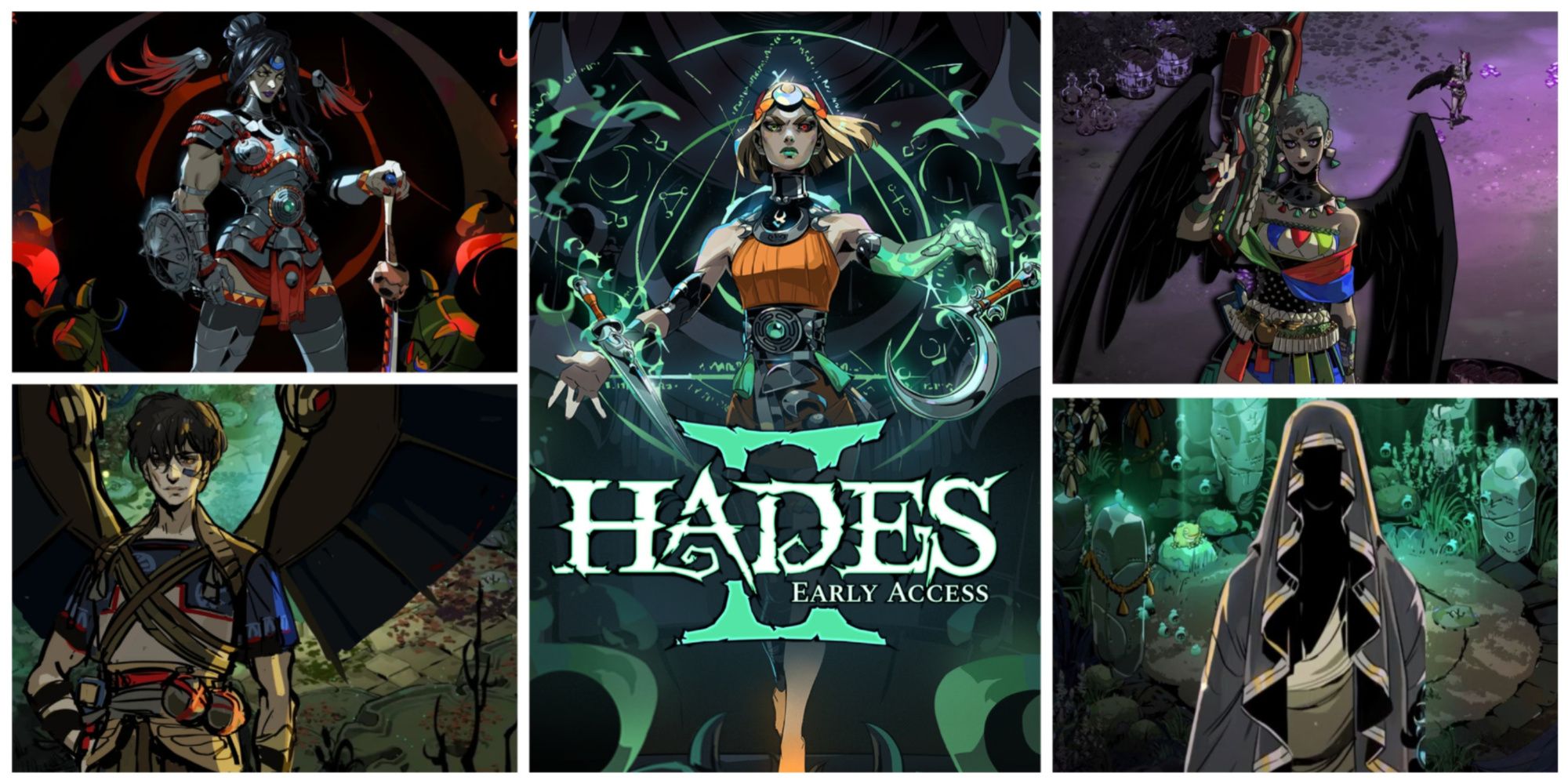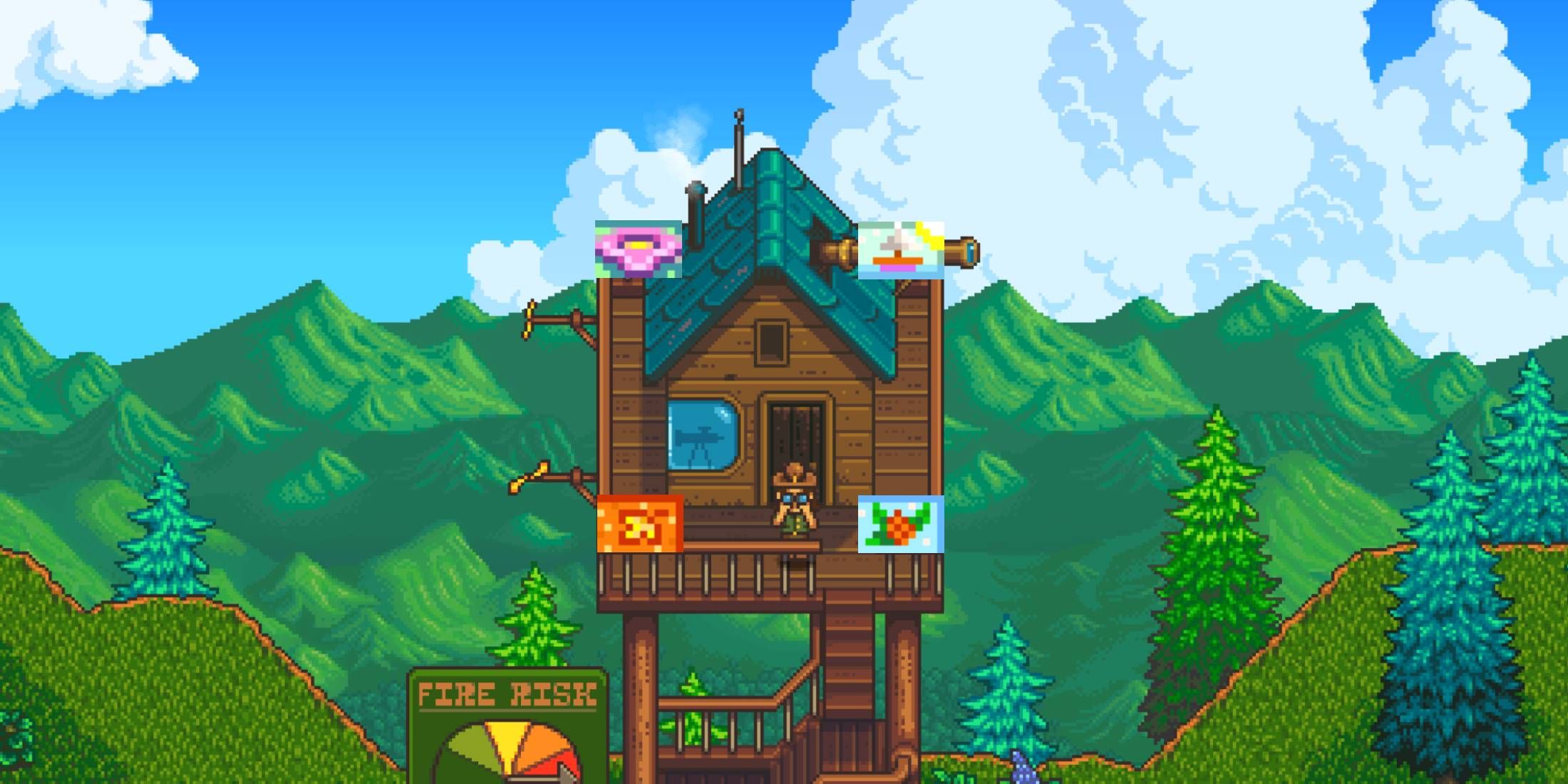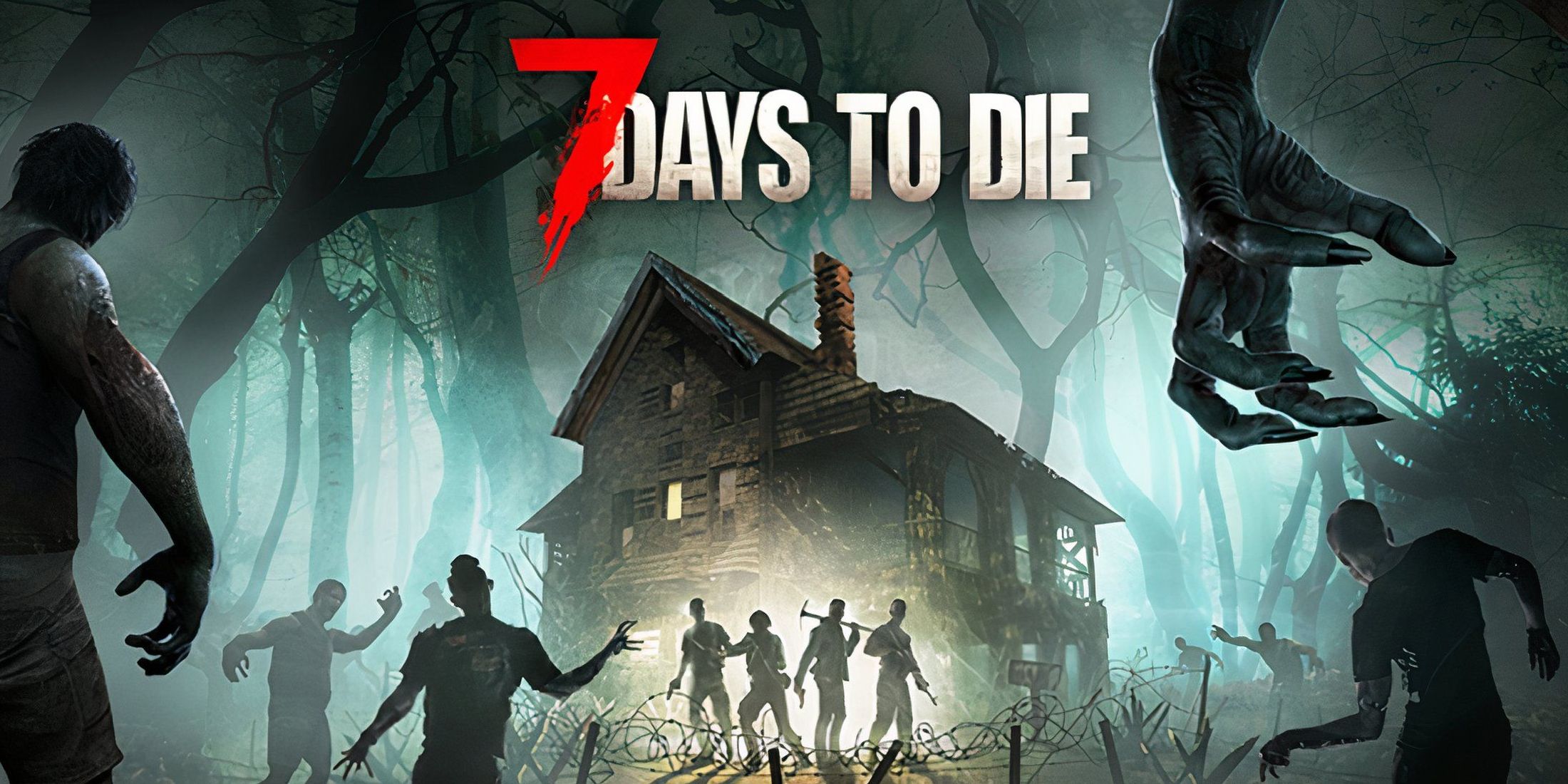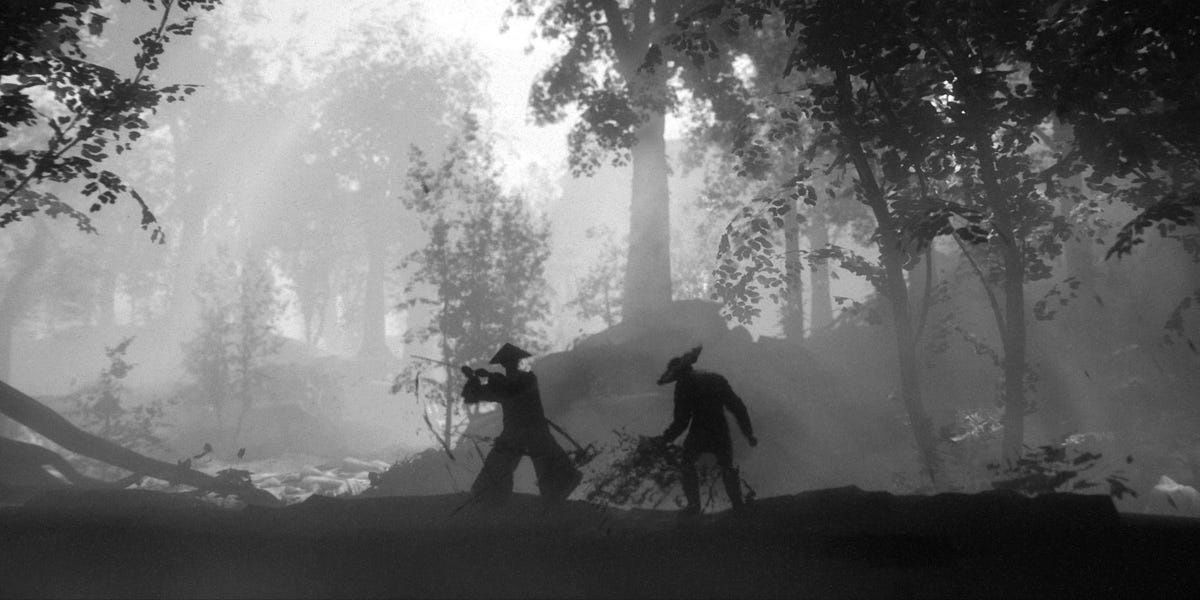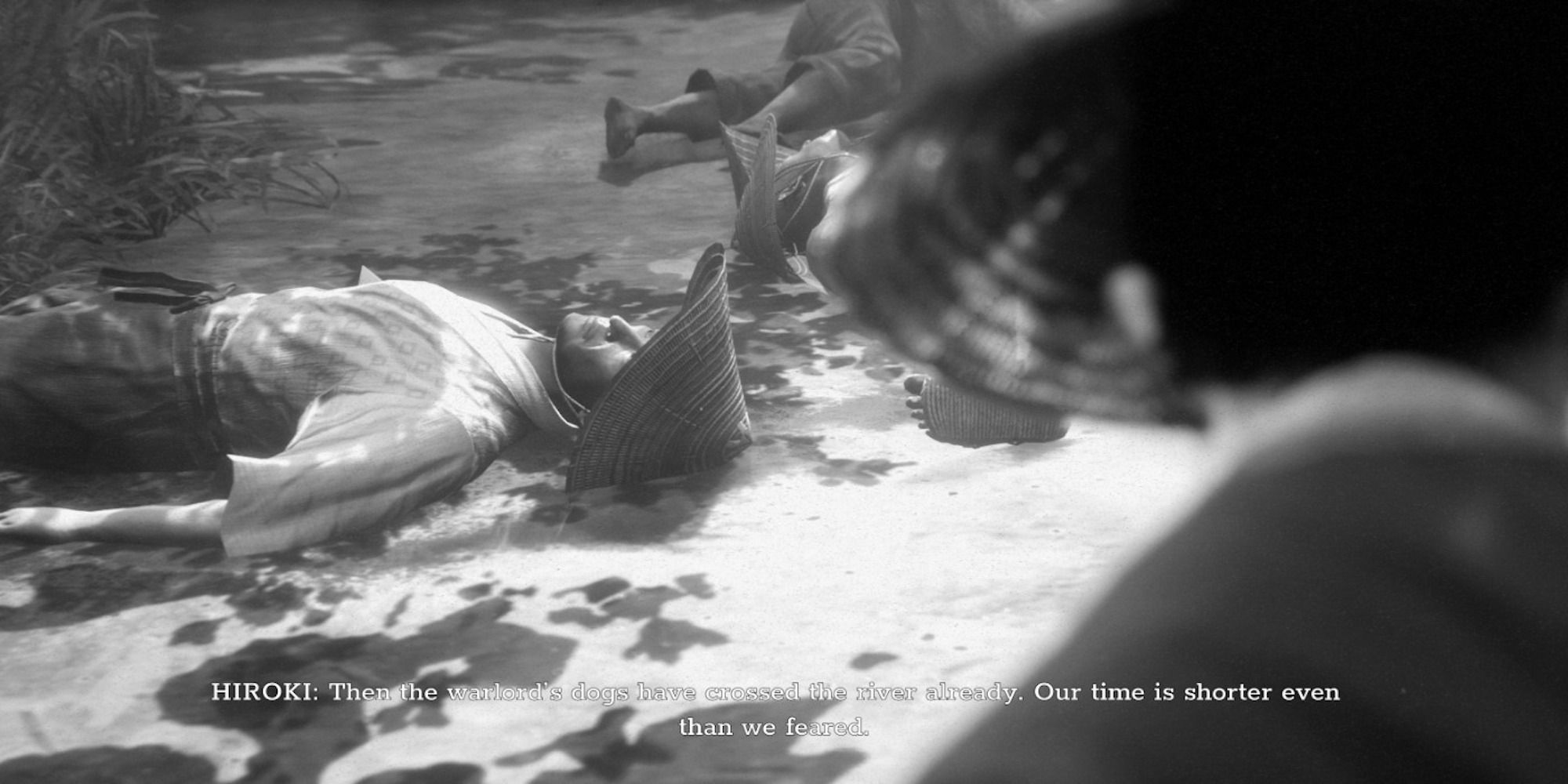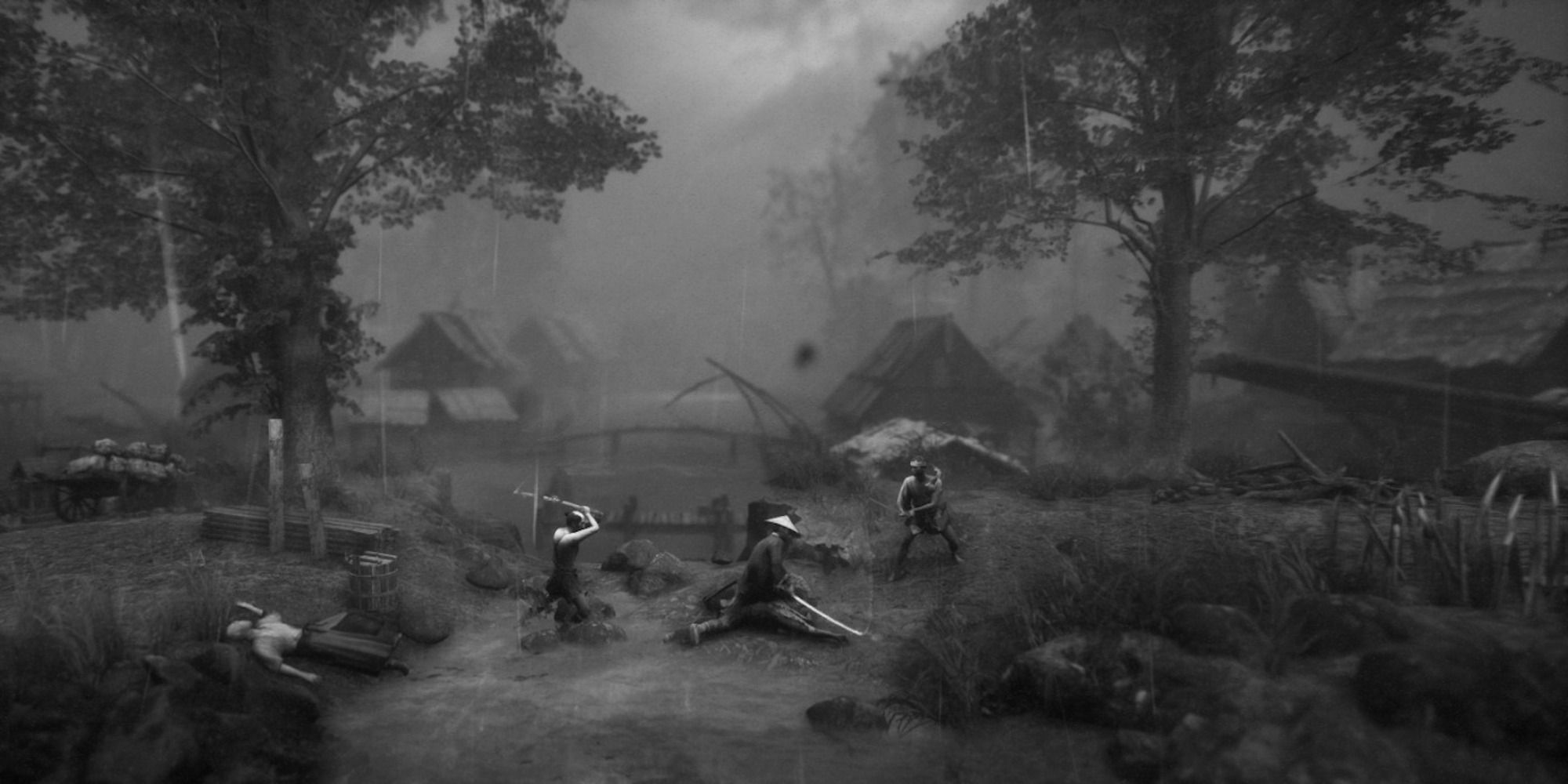To an observer of the video games industry, it might seem like the samurai genre is undergoing a bit of a resurgence. Titles like Ghost of Tsushima and Sekiro: Shadows Die Twice draw heavily on classic samurai cinema to give their gameplay and environment an authentic feel. One of the latest, however, is Trek to Yomi, and it seems developer Flying Wild Hog doesn't like being compared to these titles.
“In many places, we are compared to Ghost of Tsushima,” said Marcin Kryszpin, Trek to Yomi’s creative director at studio Flying Wild Hog, but “this is a totally different type of game.” For the game’s devs, Yomi occupies a niche closer to arthouse cinema than the adrenaline-pumping combat of other titles in the samurai genre. Game ZXC sat down with Flying Wild Hog to discuss how Yomi sets out to give players this aesthetic experience.
Trek to Yomi is a Cinematic Experience, First and Foremost
To hear Flying Wild Hog tell it, Yomi was designed as more than just a game. As Kryzspin said,
“One of its unique selling points is an old samurai movie experience. We really wanted to make something that, when you are playing, you can feel the atmosphere from these movies.”
Samurai movies, of course, were a major inspiration for Yomi’s atmosphere and environment. Films from legendary Japanese directors such as Akira Kurosawa and Masaki Kobayashi were big influences, Kryzspin said. “There are a lot of references and parts of the game that look like some of those masterpieces.” Yomi also draws on manga and anime series like Ninja Scroll, Berserker, and Samurai Champloo.
One way the devs accomplished that goal was through a commitment to authenticity. Flying Wild Hog did research and consulted experts to accurately recreate Yomi’s Edo period backdrop. All of the in-game text is translated into classical Japanese and the game’s voice overs are also recorded in that dialect. The team researched historical elements and outfits, but as a samurai game, Yomi’s weapons and combat got a particular focus. “We spent a lot of time making combat that would help create the atmosphere of these old samurai movies,” Kryzspin said. “We did a lot of research into the weapons that appear in the game, even the crazy ones like the hand cannon, which is actually a historically-accurate element that we researched.”
Yomi’s score is also heavily influenced by Japanese folk music. The devs chose a composer proficient in that musical style to enhance the game’s atmosphere.
Because Yomi aims to capture a more cinematic experience, the devs had to make some key decisions about gameplay. Most of the fighting in the game is centered around one-on-one duels, but there are some arena sections that force players to take on groups of enemies. Flying Wild Hog also decided to remove jumping from Yomi, Kryszpin said. “In old samurai movies, you don’t see many actors jumping.” The devs also went with a minimalistic user interface to avoid breaking immersion with too many on-screen elements.
All of these decisions stemmed from the central idea that Yomi is different than garden-variety samurai slashers, Kryszpin said. “
"If we were just making a game, we would have used different mechanics, but we started from the idea of creating an old samurai movie experience — that was our main goal in the project.”
Why It's Unfair to Compare Trek to Yomi to Other Samurai Titles
Given the niche Yomi aims to occupy, Flying Wild Hog bristles at the concept of its game being compared to other recent titles in the samurai genre like Ghost of Tsushima. One way in which Yomi differs from other samurai titles is in its overall size, Kryzspin said. The game has a playtime of around five hours. “In that amount of time, we cannot add as many elements as in a game like Ghost,” he said.
The game’s combat system is also much more tailored to its atmosphere. “It’s important to remember that jumping was a big part of those games’ level designs,” Kryzspin said. “In Yomi, you fight on just one level, so we decided to make our combat very focused on proper timing and the distance between the player and enemies.” Players are given some combat tutorials and taught a few combos, and then they’re released into the game world where they are pitted against a slew of different AI enemies who they must learn to fight properly.
Yomi also gets compared to some fighting games like Mortal Kombat, the devs said, but mainly because the games’ movement systems are similar. In games like Mortal Kombat, players must spend hours learning button combos and mastering their characters’ movement, Kryzspin said. “That’s not a system we can use in a five-hour game.”
Flying Wild Hog is flattered to have Yomi compared to big AAA titles like Ghost of Tsushima, they said. Despite that, the devs are worried that such a comparison gives players the wrong idea about what to expect when booting up the game.
“If someone were to go into Trek to Yomi with the expectation that it’s anything like Ghost of Tsushima , that’s no good for us, because our game is totally different.”
The devs want to be as transparent as possible with their player base about what Yomi is — a cinematic story experience influenced heavily by the giants of samurai cinema. “We’re very humbled that people are comparing us to those titles and describing Yomi as a game that can compete with them, but we are going in our own way, trying to show players something special and unique from Japanese culture.”
Trek to Yomi is available now for PC, PS4, PS5, Xbox One, and Xbox Series X.

